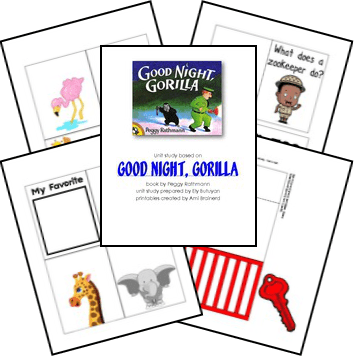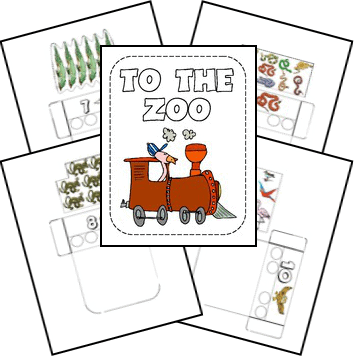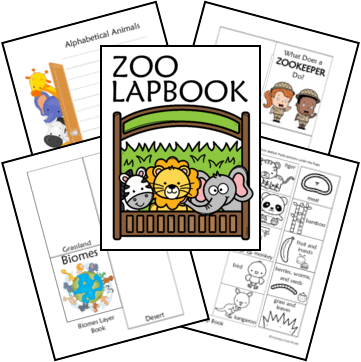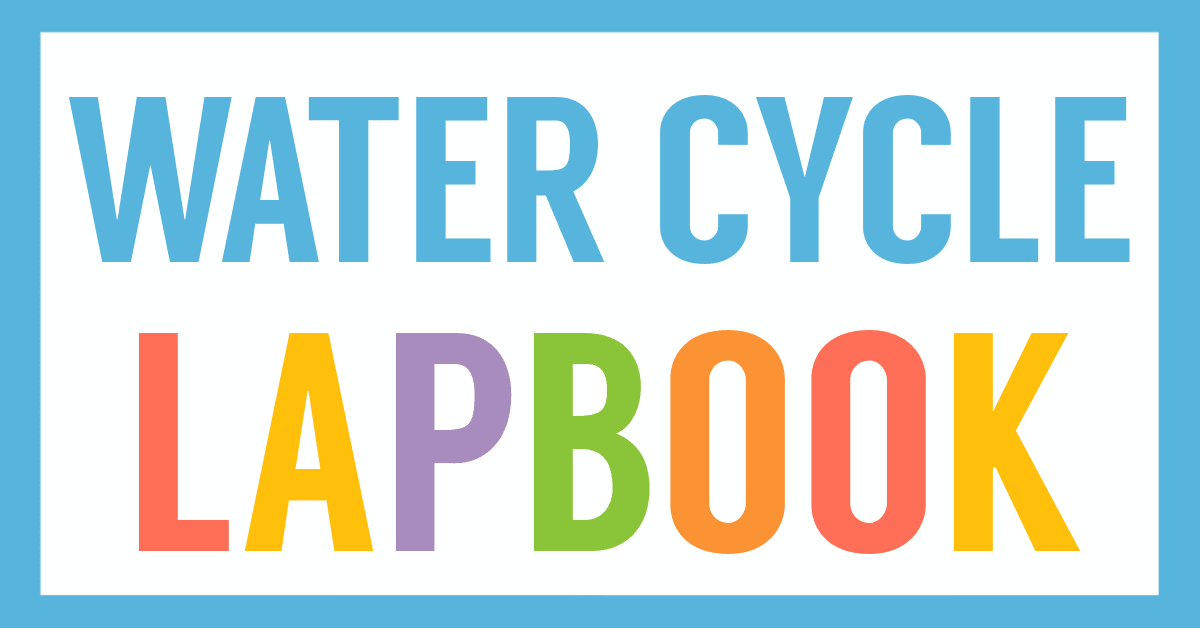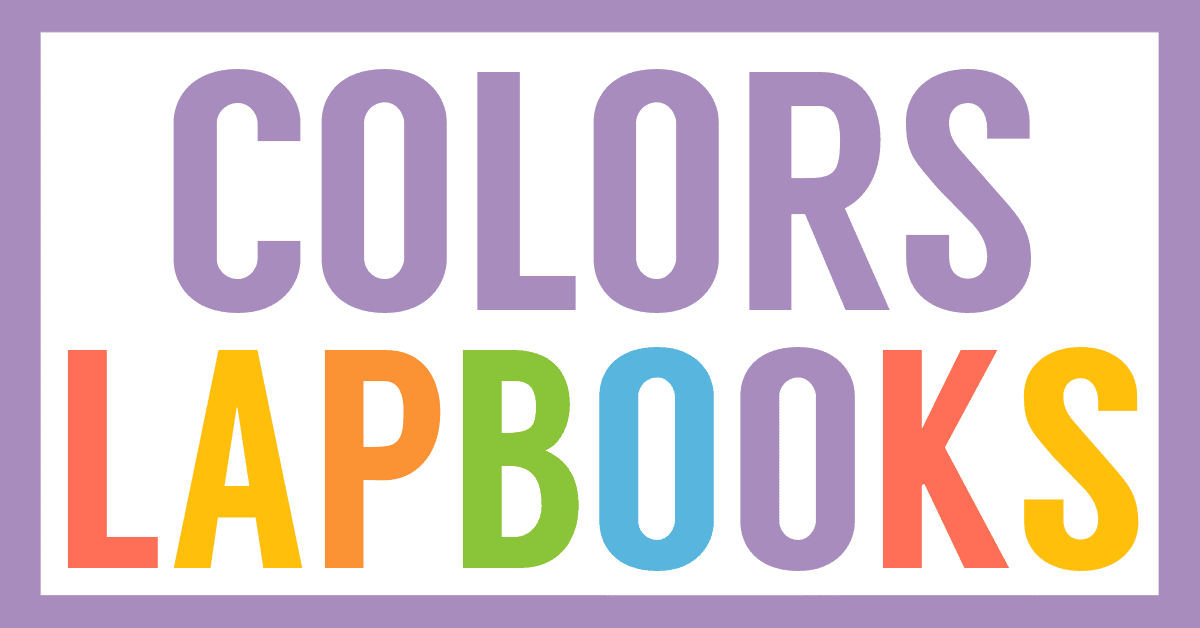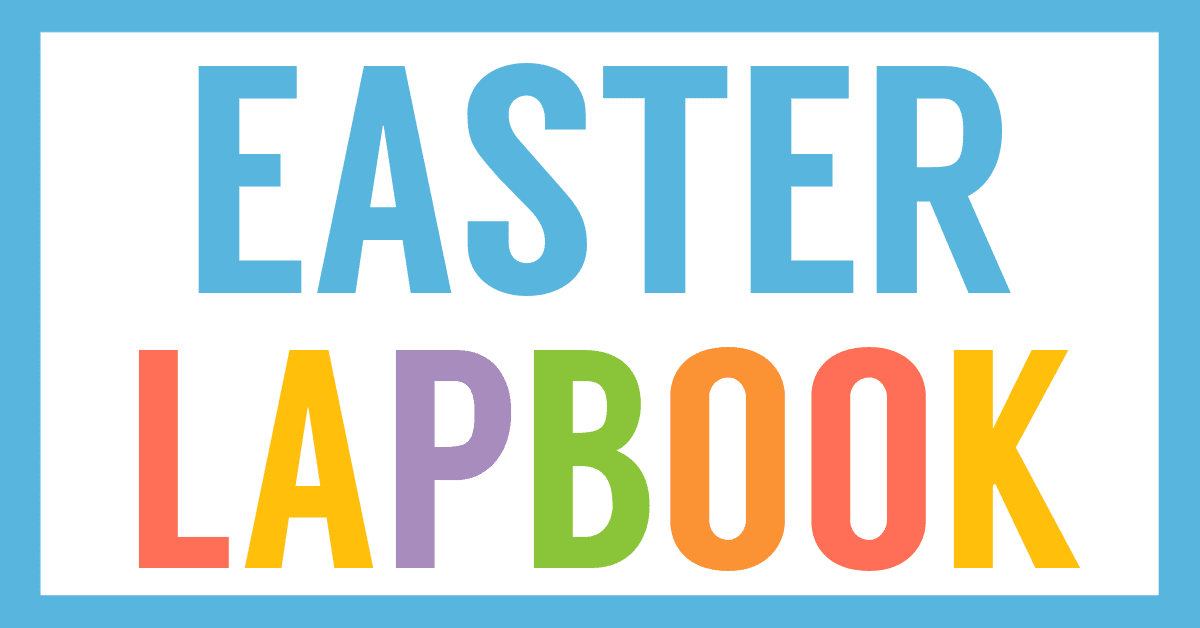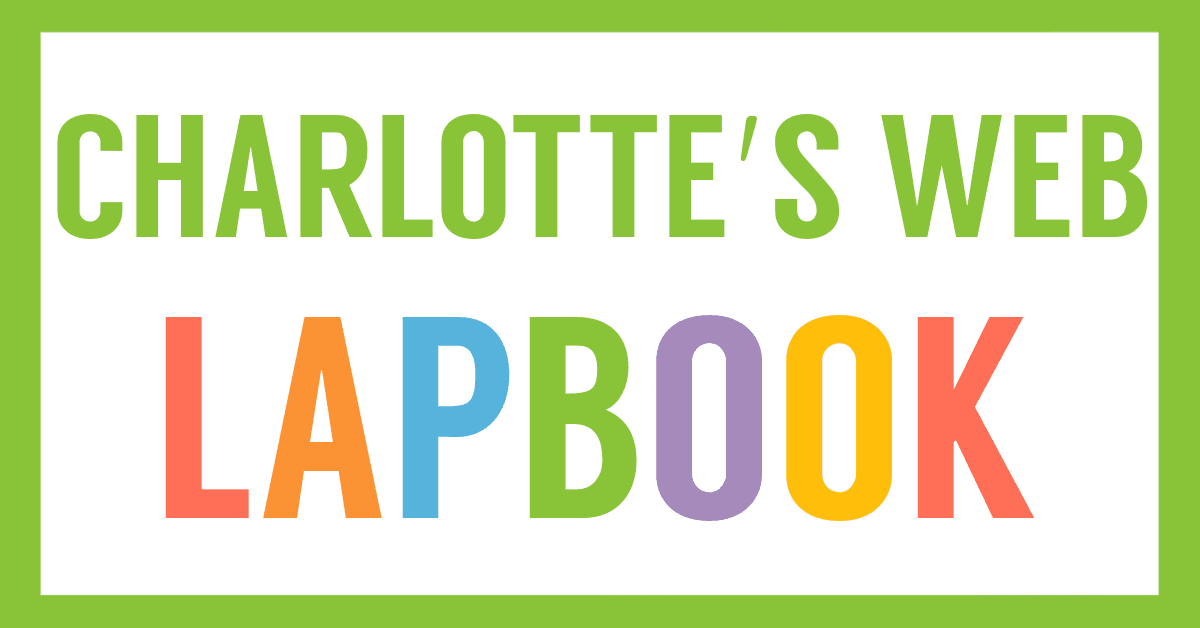Affiliate Disclaimer
We sometimes use affiliate links in our content. This won’t cost you anything, but it helps us to keep the site running. Thanks for your support.
Goodnight Gorilla tells most of the tale in the details of the pictures. Brightly illustrated, the story follows the zoo keeper through the zoo at bedtime. The animals are supposed to go to sleep, but the gorilla has other ideas.
My boys loved this story about a clever gorilla. I was delighted when Ely Butyan let me know that she was writing a Goodnight Gorilla unit study for preschoolers, and I was happy to add in printables for a Goodnight Gorilla lapbook.
Goodnight Gorilla Unit Study Lessons
Animals
The story includes some animals very familiar to young children (elephant, giraffe, lion, gorilla, mouse) and some that might be new (armadillo, hyena).
Begin a simple study of these animals. Include simple facts such as where does it live? What does it eat? Where does it sleep?
Directions: Left and Right
Left to Right: The zookeeper’s house is to the left and zoo is to the right. Have your child follow with their fingers which direction the animals, zookeeper and his wife are going on each double-page spread.
Counting
On the double-page spread count the houses, the lampposts, or the people in the windows (notice how these increase on every double spread page).
Colors
Notice the colors on the cages and how the zookeeper’s keys match the colors. Does the gorilla always use the correct key? (Yes! He’s a very smart gorilla!)
Language: Phonics
A younger student could learn Z is for Zoo this week.
A more advanced student could learn the “oo” sound. Point to the word ZOO in the story. If desired, teach the “oo” sound.
Mention how this sound is also in the word goodnight. Have your child turn the pages of the story and try to spot the word goodnight.
What other words can you think of together that have the “oo” sound? (moo, boo, goose, book, look, too, etc.)
Make a list. You may want to only teach one of the “oo” sounds.
Observations in the Details
Gobs of details in this book will pave the way for interesting discussions and observations.
- Spot the purple balloon throughout the book.
- Find the mouse. What is he doing? There’s always something funny that he is doing!
- Observe what’s inside the animal cages. The gorilla, elephant and lion cages give clues of what they like to eat. Notice also how there’s stuffed animals inside the cages. What other things they have? (balls, toys) Why? It seems they are all baby animals!
Baby Animal Names
Does your child know the names for the baby animals? This might be a good opportunity to teach some or all of them.
- Armadillo=pup
- Elephant=calf
- Gorilla=infant
- Lion=cub
- Giraffe=calf
- Hyena=cub
Drama
Act out the story! You may want some props- flashlight, set of keys, and stuffed animals. Take turn being the zookeeper and the gorilla. Pretend to walk around a room, the zookeeper on tiptoes and holding a flashlight, and the gorilla following behind holding a set of keys.
Discussion Questions for Goodnight Gorilla
- Why is the zookeeper walking “tiptoes”?
- Why are the animals inside cages?
- Who do you think ate the banana at the end of the story?
Goodnight Gorilla Lapbook Printables
Science: Animal Cards
Use for sorting games as mentioned in the unit study. If desired, add animal facts to the back of each card.
Phonics: Z is for Zoo
Learn the letter Z. Let your student color the picture.
What Does a Zookeeper Do?
Write information in the mini‐book.
Alphabet Animals or Animal Puppets
Print on cardstock. Let your student color the animals. Laminate, if desired. Add popsicle sticks to the backs of the animals and let your student act out the story.
You can also use these for an alphabet sounds game. Ask your student to find the animal that starts with the __ sound.
Color Cages and Keys
Use this printable activity to review colors and to practice color matching.
Assemble the cages and cut out keys. Stick hook and loop fasteners on the back of each one. Glue backs of cages to a lapbook or notebook and add a hook and loop dot under each cage. Cut the animals out. Place one in each cage pocket (without your student seeing). Ask your student to help get the animals out of their cages by finding the right keys. As he places a key on the dot, reward him by letting him open the cage and take out the animal.
Zoo Guide Mini-book
You can use these pieces as you wish (during or after a trip to the zoo). If your student saw the animal at the zoo write YES or NO (or let him make a big X or checkmark on the card). When finished, you can make this into a simple stapled book.
How to Get Started with Goodnight Gorilla
Follow these simple instructions to get started with the Goodnight Gorilla unit study and lapbook:
- Buy a copy of the book, Goodnight Gorilla, or grab one from your local library.
- Print the Goodnight Gorilla unit study and lapbook.
- Choose the lessons you want to use with your student (a highlighter works great for this).
- Choose and prepare the lapbook printables you want to use with your student.
- Enjoy a week of fun-filled Goodnight Gorilla learning with your preschool student.
Download Your Goodnight Gorilla Unit Study and Lapbook
Simply click on the image below to grab your free Goodnight Gorilla unit study and lapbook.
More Zoo Themed Resources
If you are looking for more zoo themed resources, try this simple lapbook for young students:
Or try this resource for older students

